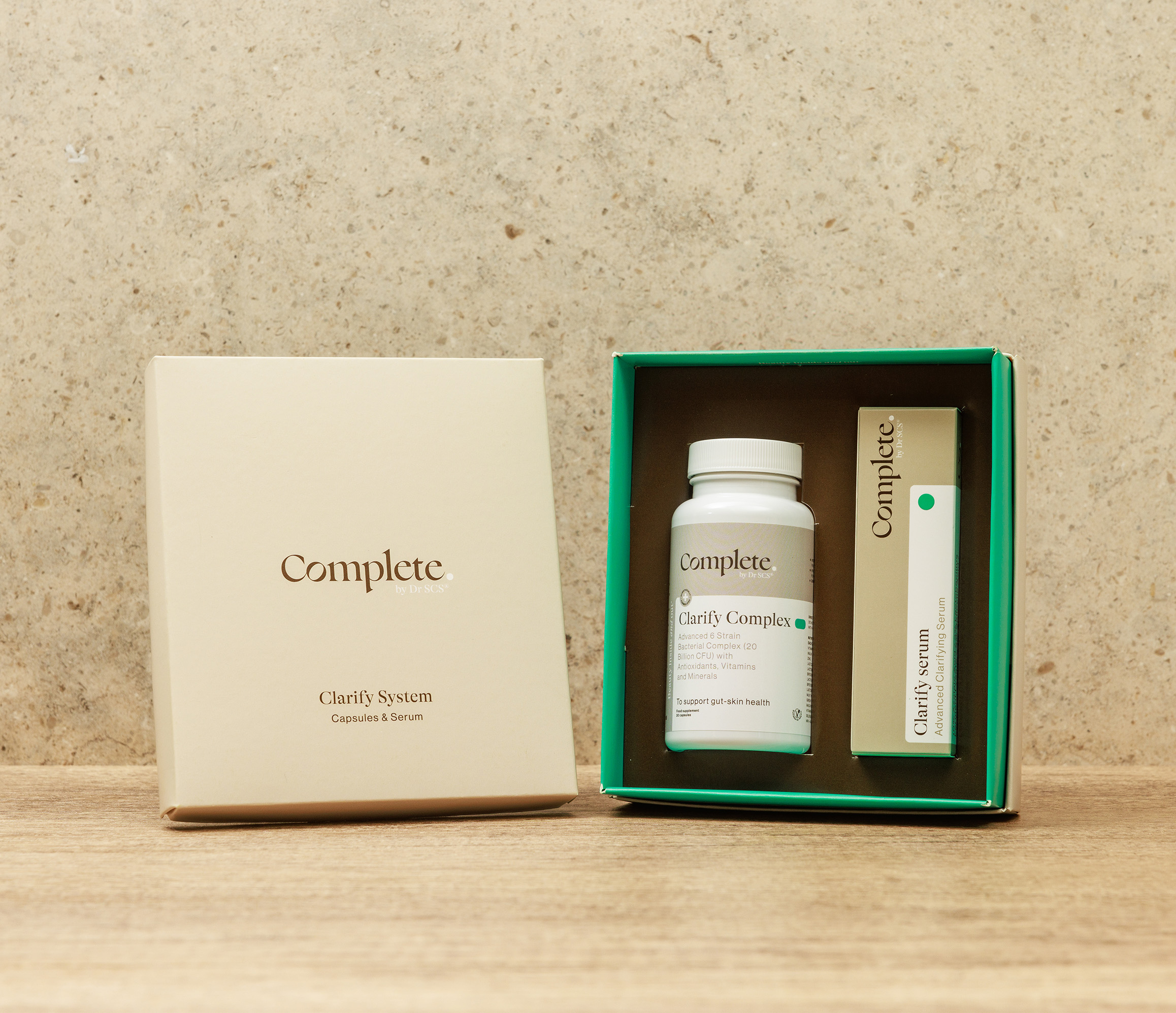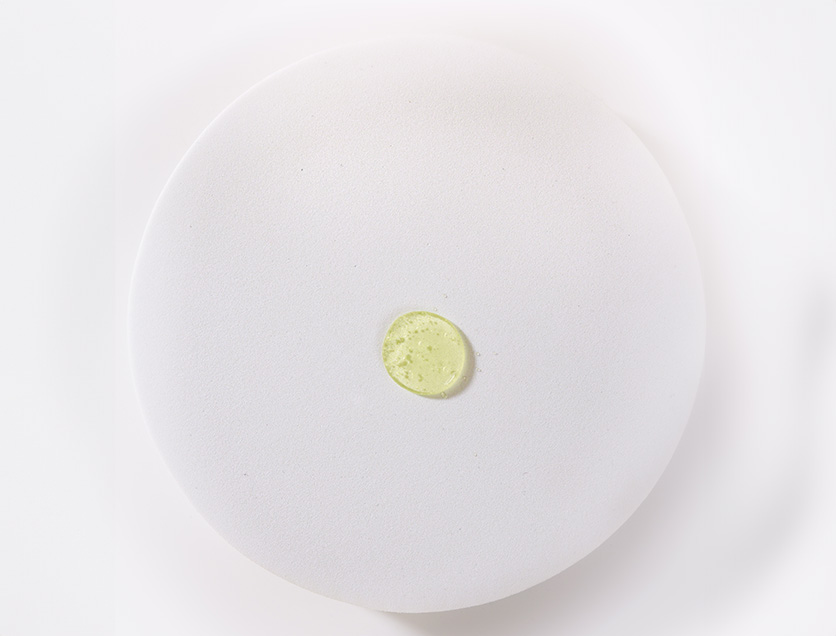
Azelaic Acid: Clinical Evidence for Inflammatory Skin Conditions
Persistent inflammatory skin conditions—including acne, rosacea, and post-inflammatory hyperpigmentation—often require targeted intervention beyond basic skincare routines. Azelaic acid at 10% concentration demonstrates multiple mechanisms of action that address these interconnected concerns.
Unlike single-mechanism treatments, azelaic acid functions through several pathways simultaneously. Its anti-inflammatory properties reduce pro-inflammatory mediators, while antimicrobial activity decreases Propionibacterium acnes populations that contribute to acne development.
Clinical research supports specific benefits at therapeutic concentrations. The antiproliferative effects help normalise cellular turnover, addressing the abnormal keratinisation seen in acne and similar conditions. Additionally, barrier function improvements occur through increased ceramide production.
The antioxidant properties provide cellular protection against oxidative stress, while tyrosinase inhibition addresses post-inflammatory hyperpigmentation—a common concern following inflammatory episodes.
“Azelaic acid’s multiple mechanisms make it particularly useful for complex inflammatory skin conditions where single-target treatments may prove insufficient. The 10% concentration provides therapeutic benefits while maintaining tolerability for most users.”
–
Dr. SCS
Treatment expectations should reflect clinical evidence. Meaningful improvements typically require 6-8 weeks of consistent use, as cellular normalisation and barrier repair occur gradually. The ingredient works progressively rather than providing immediate results.
Unlike harsh drying agents, azelaic acid supports skin barrier function while addressing inflammatory processes. This makes it suitable for sensitive skin types that cannot tolerate more aggressive treatments.
Implementation requires patience and consistency. Apply to affected areas once or twice daily, understanding that initial benefits may be subtle. The cumulative effects build over time as inflammatory cycles are interrupted and cellular function normalises.
Success with azelaic acid depends on appropriate expectations and consistent application, recognising that this ingredient addresses inflammatory skin conditions through multiple mechanisms rather than providing quick cosmetic fixes.


Join our mailing list
Stay in the loop! Join our newsletter for exclusive updates and promotions
Articles we think you will like

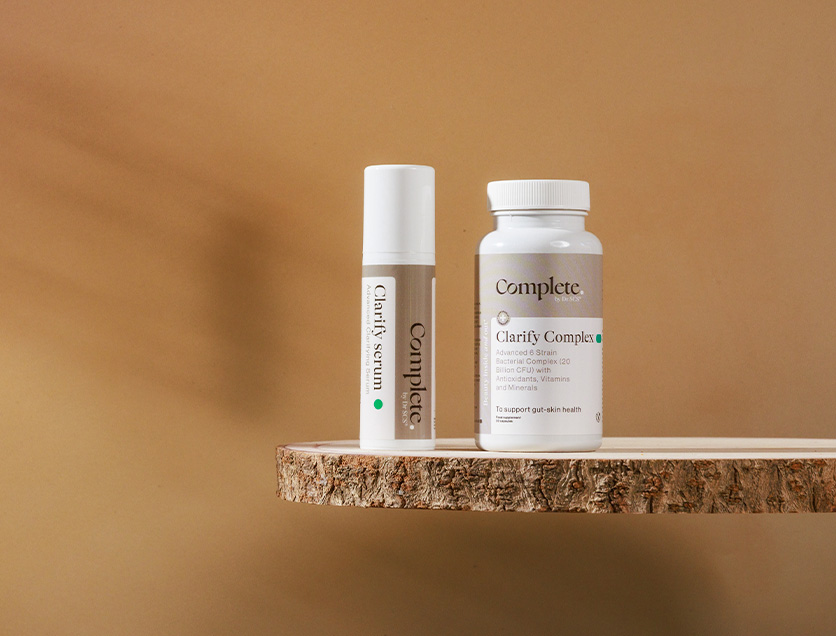
Stress & Skin Health: Understanding the Cortisol Connection

Building Your Skincare Routine: Evidence-Based Layering Principles

Magnesium & Menopausal Transitions: Examining the Evidence
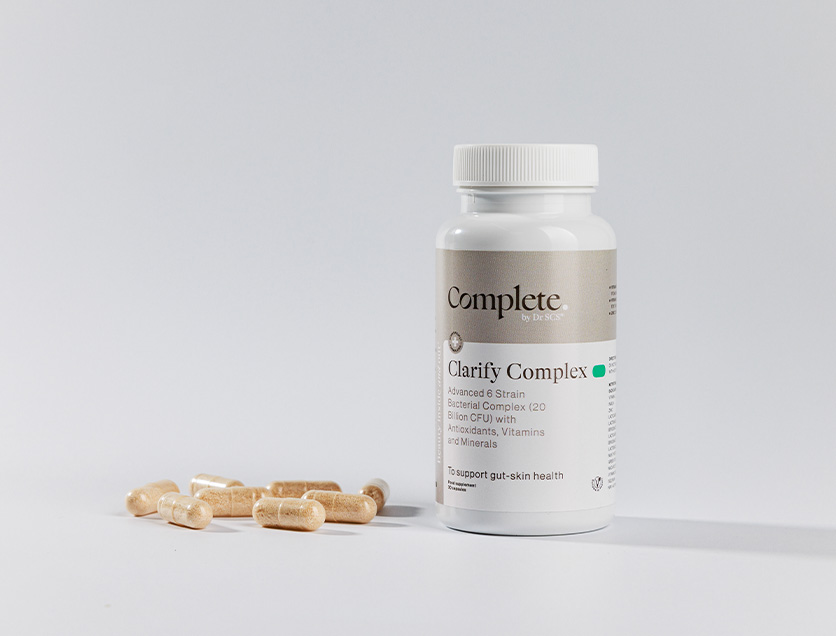
Understanding Nutritional Support for Skin Health: Beyond Marketing Claims

Understanding Integrated Skincare: The Science Behind Dual Approaches
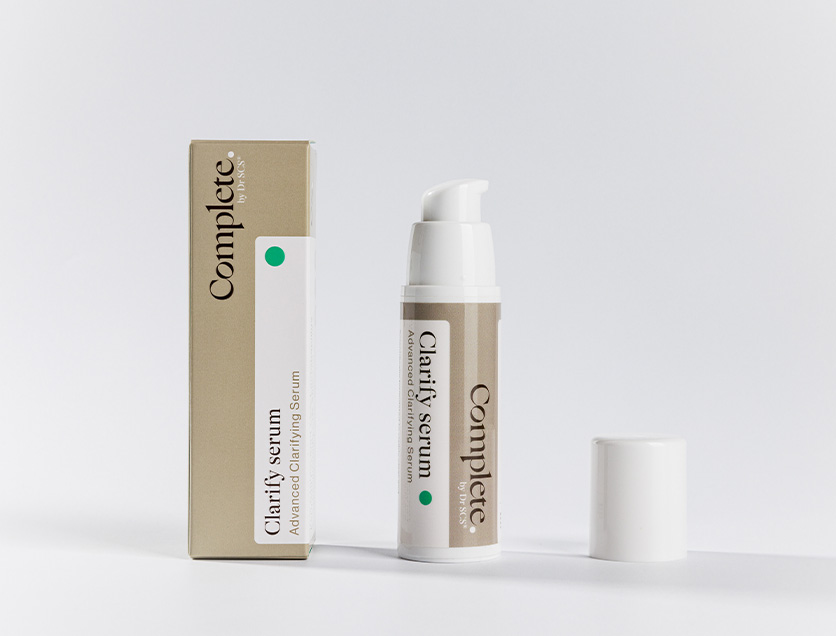
The Evolution of Skincare: Understanding Integrated Approaches
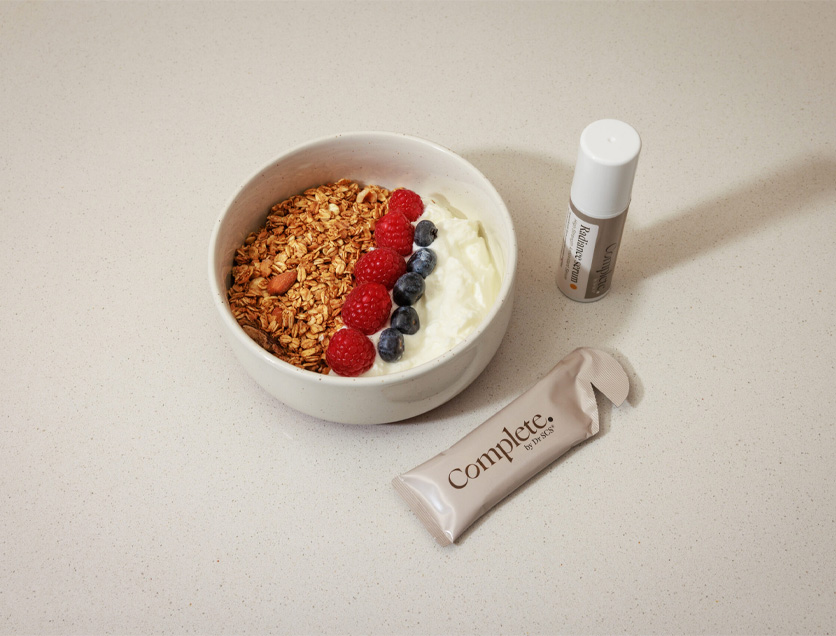
The Role of Nutrition in Skin Health: Evidence-Based Insights
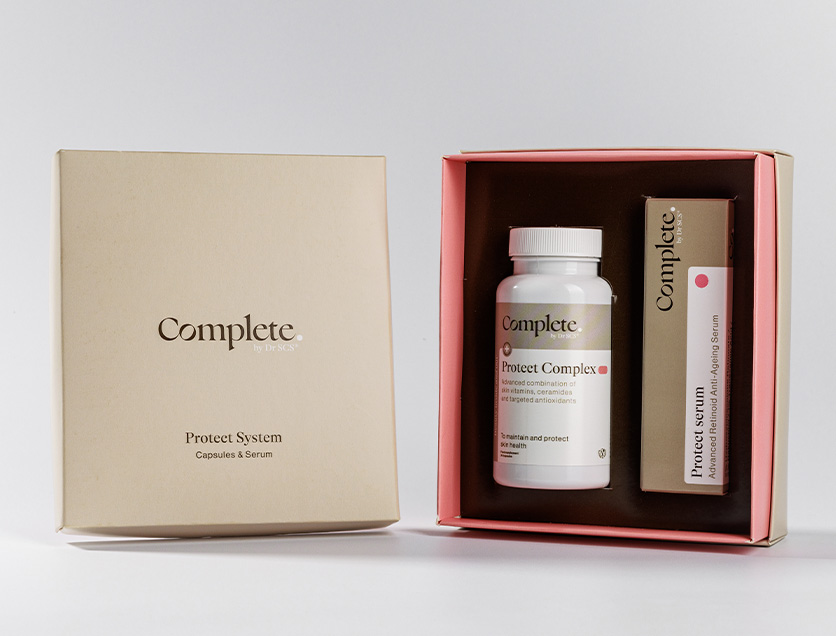
Understanding Anti-Ageing Skincare: What Actually Works
